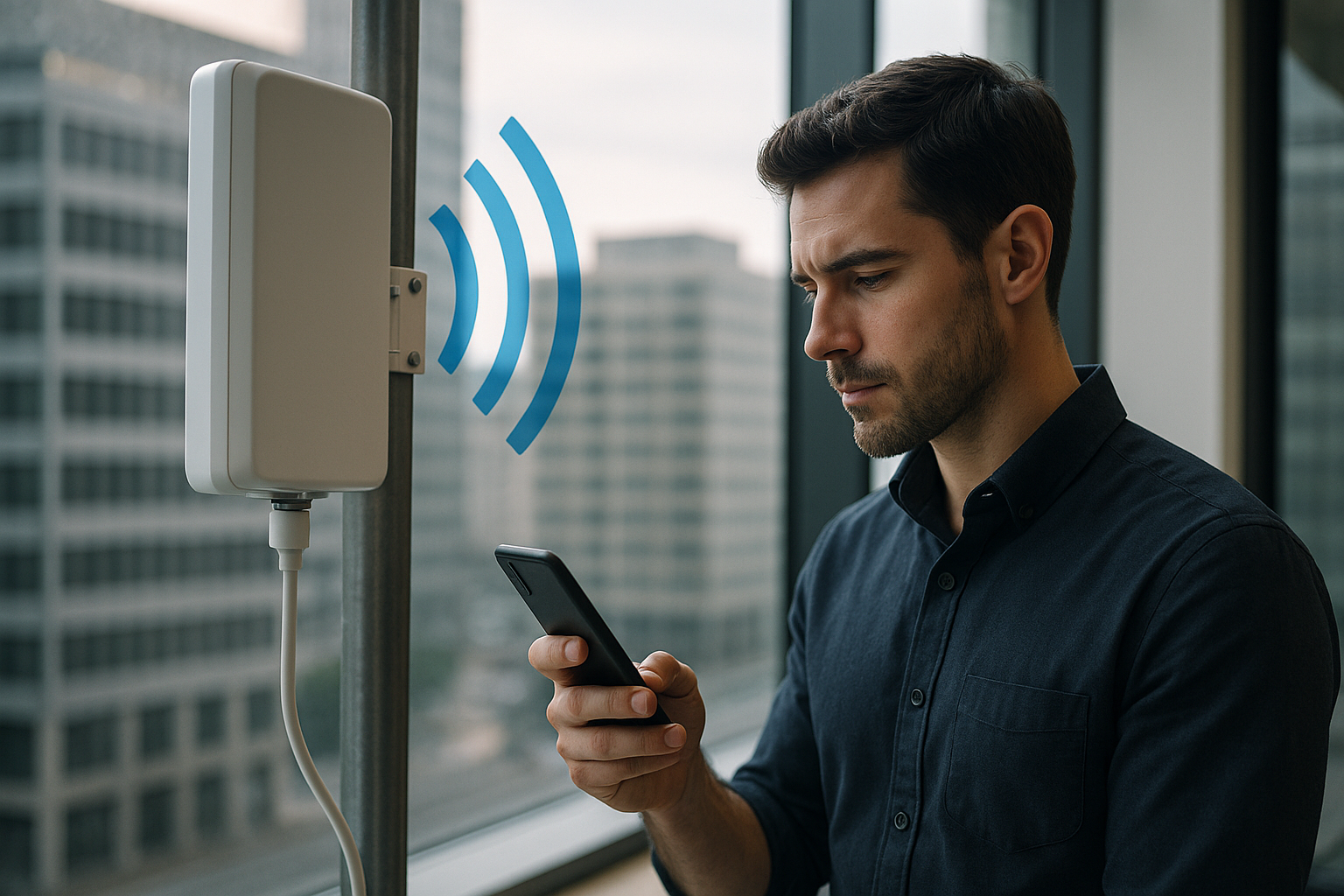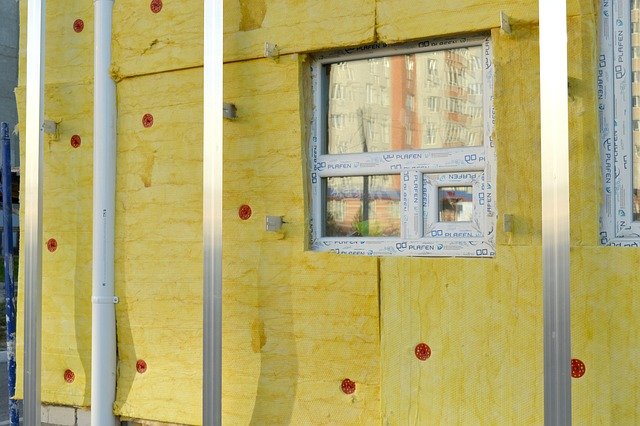Decoding the Growing Importance of In-Building Wireless Solutions
In an increasingly connected world, in-building wireless solutions are making waves, enhancing connectivity and revolutionizing the way we utilize our spaces. This article delves into the rise of these innovative solutions, offering an in-depth look at their impact, the challenges they present, and their practical applications. Let's explore.

A Glimpse into the Past
The advent of in-building wireless solutions dates back to the late 1980s, when the first distributed antenna systems (DAS) were introduced to boost cellular signals within buildings. Over the years, as digital communication advanced and user demands escalated, these systems evolved to offer more robust solutions.
The Present Scenario
In recent years, in-building wireless solutions have gained significant traction. With the rise of smart buildings and the need for seamless connectivity, they have become an essential part of modern infrastructure design. From hospitals and corporate offices to shopping malls and stadiums, these systems are being implemented across various sectors.
Regulatory Changes and Their Implications
Regulations in the telecom industry have been instrumental in shaping the growth of in-building wireless solutions. The Federal Communications Commission’s (FCC) guidelines on signal strength and emergency responder communications have compelled building owners to invest in these systems, further boosting their adoption.
Impact and Applications
In-building wireless solutions have had a profound impact on how we utilize and perceive our indoor spaces. They facilitate seamless communication, improve operational efficiency, and enhance the user experience. In hospitals, for example, they enable reliable communication between medical personnel, while in offices, they support the growing need for BYOD (Bring Your Own Device) policies.
Challenges and Future Prospects
Despite their benefits, in-building wireless solutions also present certain challenges. Ensuring seamless integration with existing infrastructure and managing cost implications are some key concerns. However, with ongoing advancements and the advent of 5G, the future of these solutions looks promising.
In conclusion, in-building wireless solutions are redefining connectivity in indoor spaces. As we continue to evolve in the digital era, their role in shaping our connected experiences will only grow more crucial.




